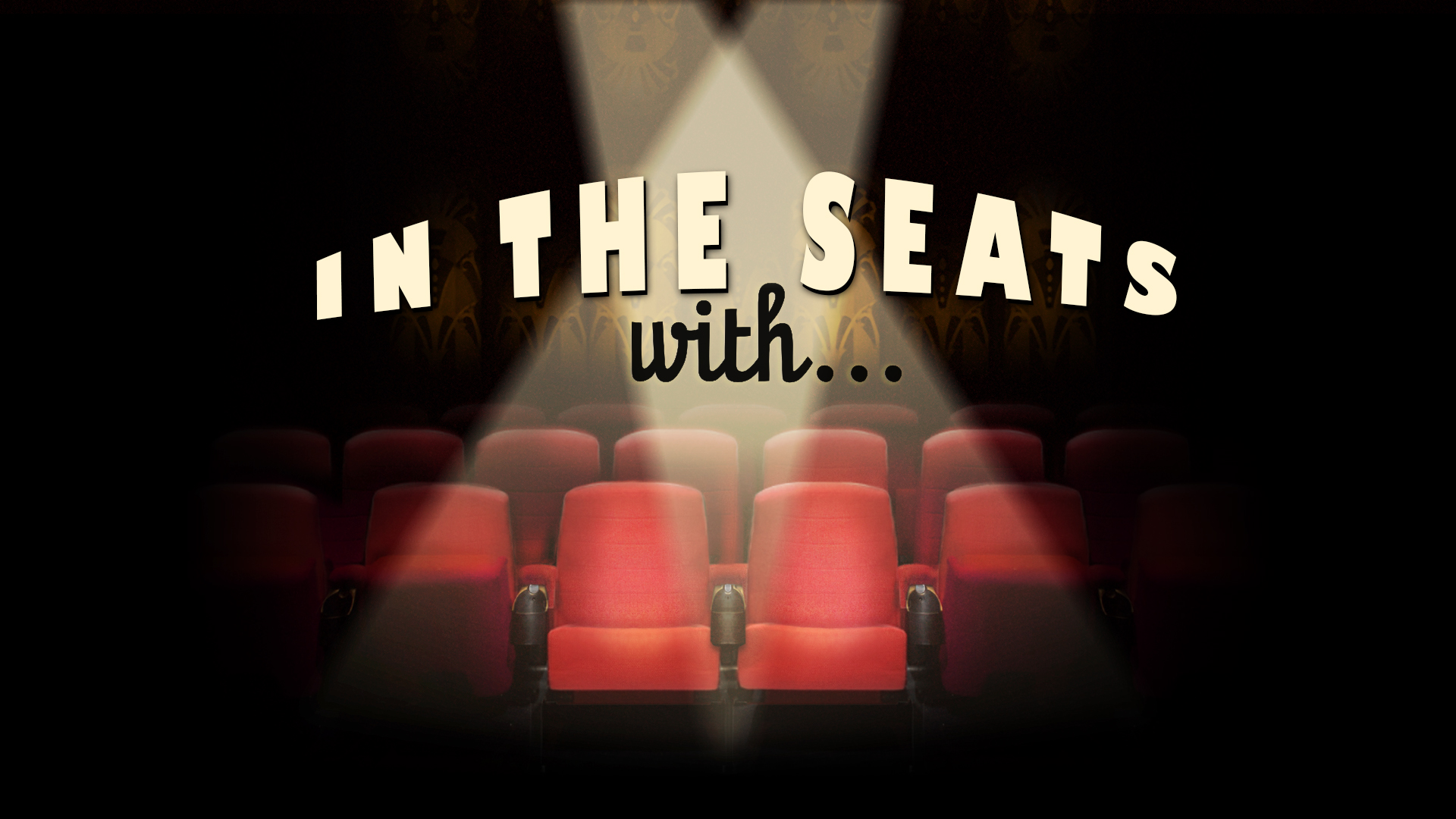
Marius Lunde types on what viewers assume is a typewriter. What’s interesting about this counter shot is that the shot before it is what we assume is a laptop screen. That screen shows the prominent Japanese private investigators. A man of Norwegian origin, he’s looking up these investigators who might help him find his estranged Japanese mother. And instead of making a conventional documentary about it, Lunde’s friend Frederik S. Hana uses different genres to frame that search.
The story viewers see in CODE NAME: Nagasaki evolves within those frames of genre but there are moments when it’s a straight up documentary. Those scenes show the film’s earnestness. That’s especially true during a scene of Lunde just talking, hoping that his mother sees the footage. What makes this special for some of us is seeing a biracial man onscreen. People make assumptions about biracial people and this film gives them interiority.
A lot of critics have praised this film for its creativity. I’m here to add another voice to sing its praises. Framing Lunde’s search as a noir western would be enough. But every layer in this palimpsest make it more interesting. It makes references to foreign indie dramedies like the ones Coppola and Wong Kar-wai make. And those references always say something, especially to Lunde’s alienation as someone who looks Japanese but doesn’t feel Japanese.
CODE NAME: Nagasaki explores the different worlds one individual lives in. One other genre it uses is horror to express Lunde’s feelings as a monster child whom her mother doesn’t want. The horror scenes also mark the film at its most visually inventive. There’s a scene showing images of eyes that are open to interpretation. This is a film that deserves big screen and repeat screenings in all the film festivals.
Buy tickets to CODE NAME: Nagasaki here.
- Release Date: 11/15/2021

